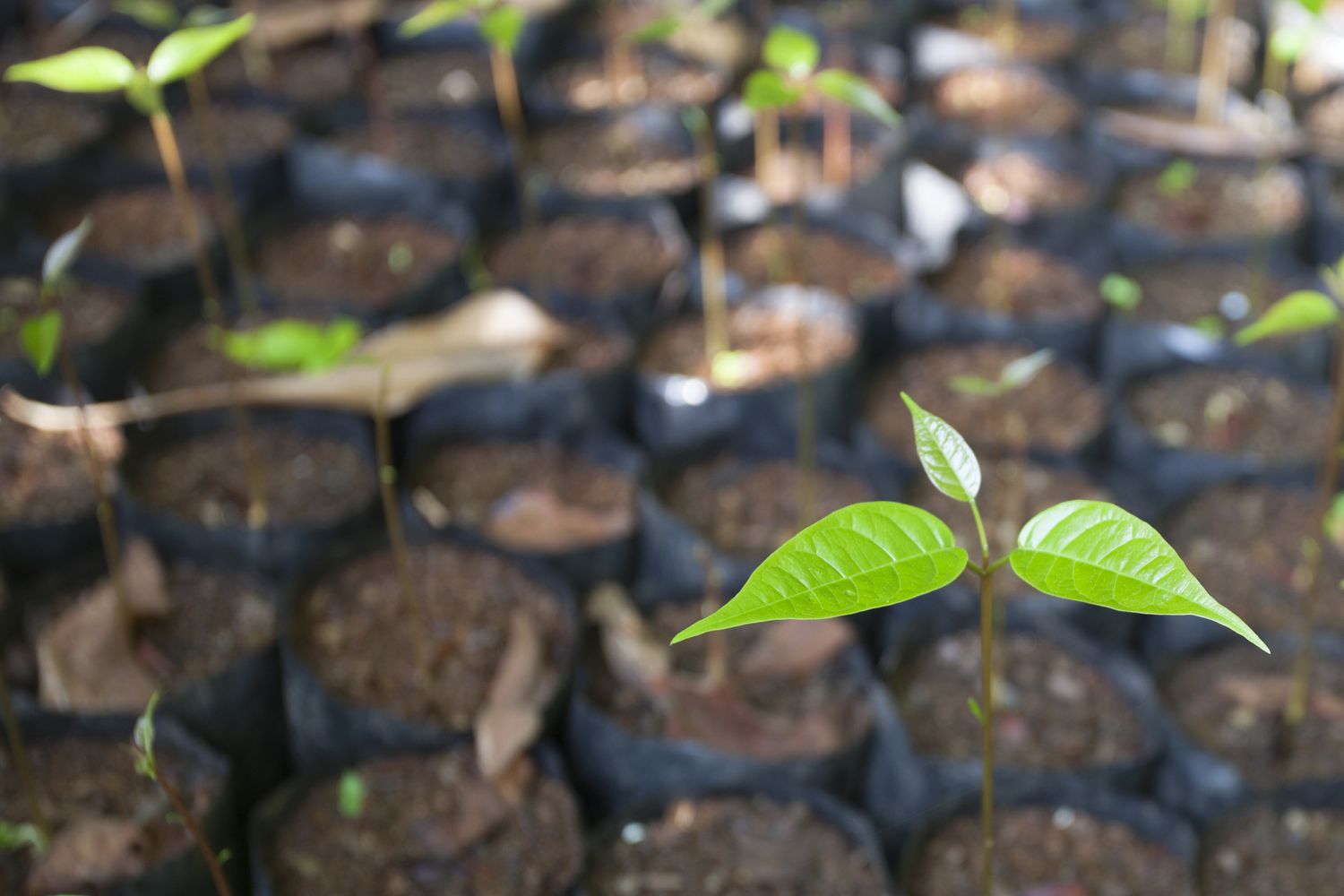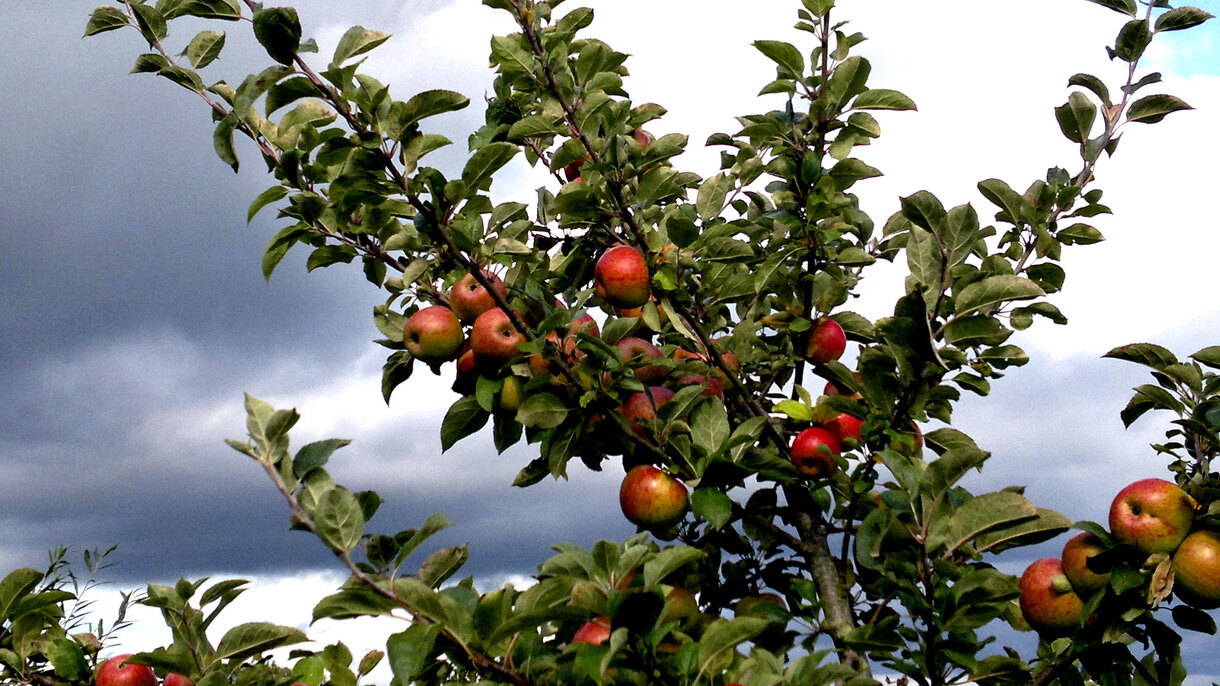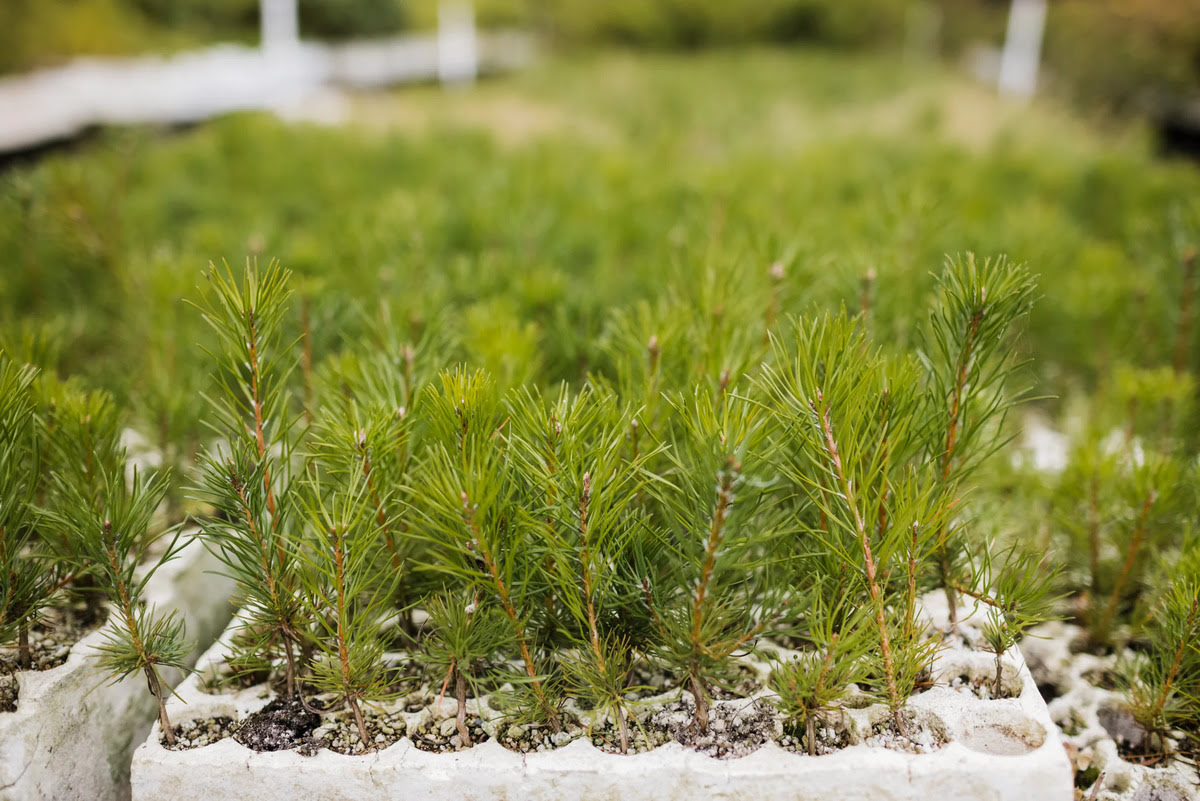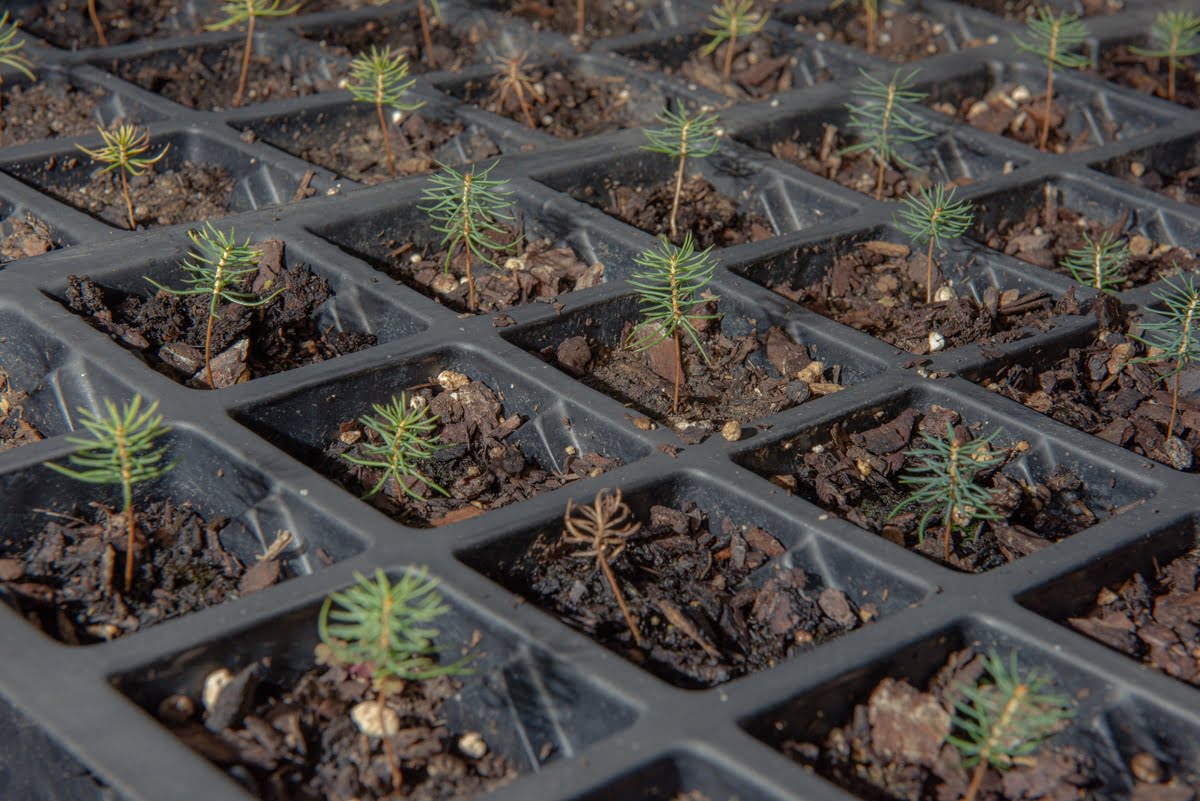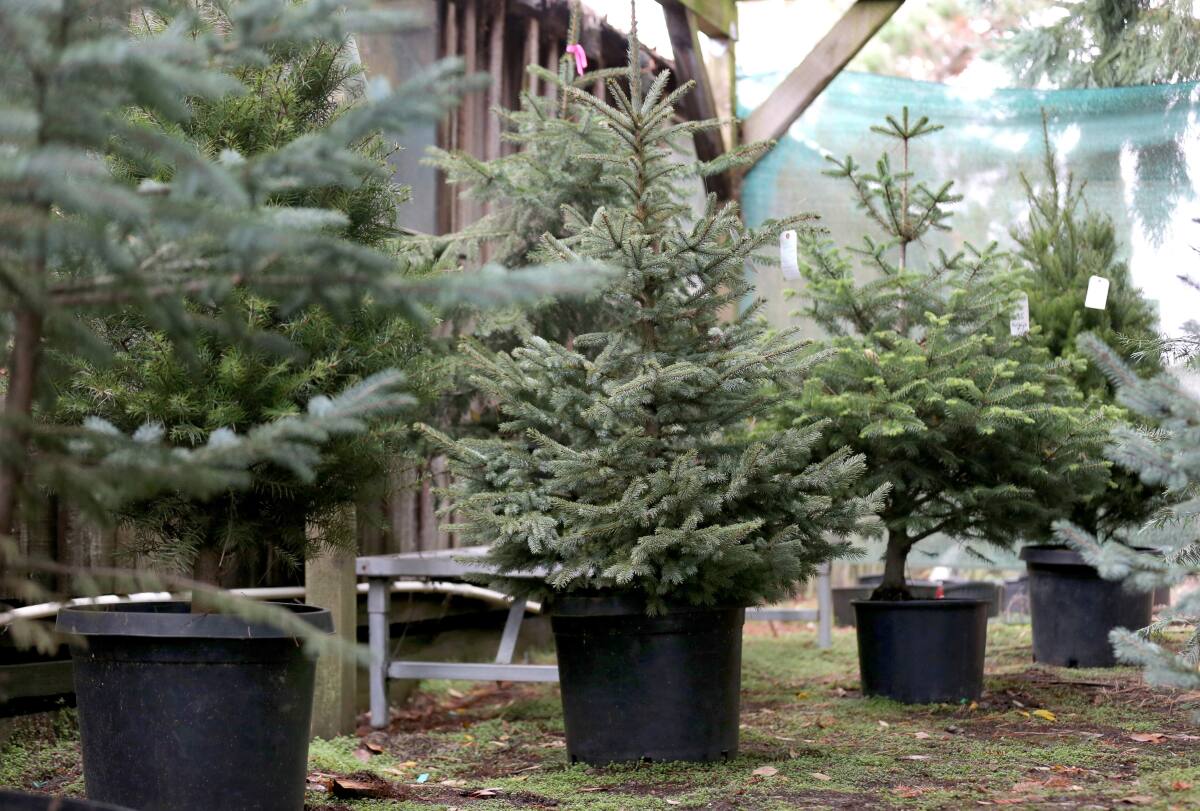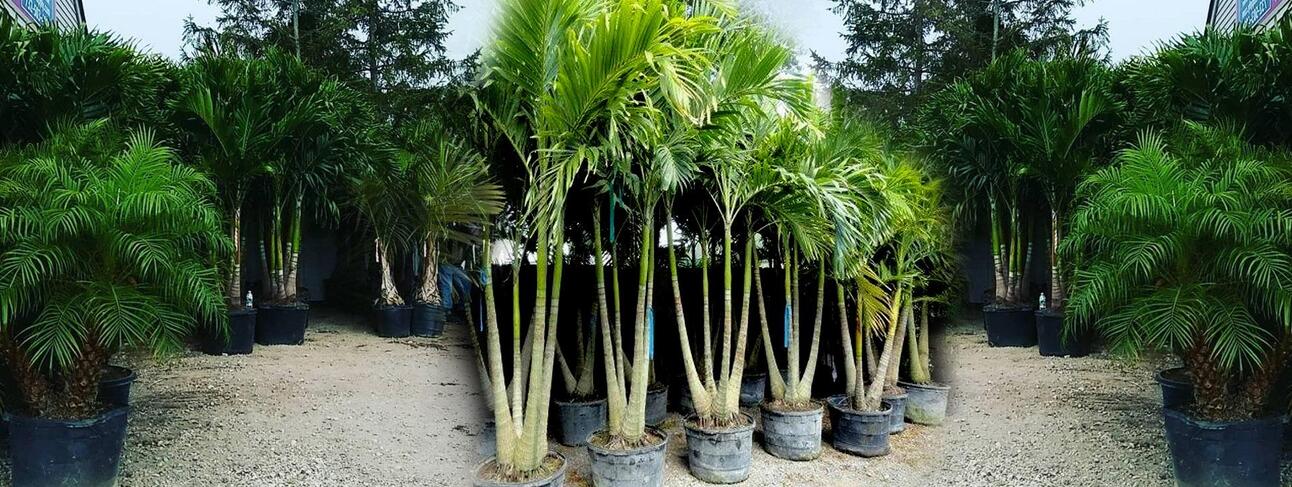Home>Reviews>Product Reviews>Where To Buy Fruit Trees With Ebt


Product Reviews
Where To Buy Fruit Trees With Ebt
Modified: January 22, 2024
Looking for product reviews on where to buy fruit trees with EBT? Find the best options and make informed decisions for your garden.
(Many of the links in this article redirect to a specific reviewed product. Your purchase of these products through affiliate links helps to generate commission for Chicagolandgardening.com, at no extra cost. Learn more)
Table of Contents
- Introduction
- Understanding EBT and its Benefits
- Importance of Fruit Trees for EBT Recipients
- Factors to Consider When Choosing Fruit Trees
- Where to Buy Fruit Trees with EBT
- Online Retailers Accepting EBT for Fruit Tree Purchases
- Local Nurseries Accepting EBT for Fruit Tree Purchases
- Community Gardens and Non-Profit Organizations Accepting EBT for Fruit Tree Distribution
- Conclusion
Introduction
Welcome to our comprehensive guide on where to buy fruit trees with EBT (Electronic Benefits Transfer). If you are an EBT recipient, you may already be familiar with the benefits of using your EBT card to purchase groceries and other essential items. However, did you know that you can also use your EBT card to buy fruit trees?
Fruit trees not only provide a source of fresh, nutritious food but also offer long-term sustainability and cost savings. By growing your own fruit, you can reduce your grocery expenses and enjoy the satisfaction of cultivating your own produce. Plus, having fruit trees in your backyard can enhance the beauty of your home and contribute to a healthier environment.
But where can you buy fruit trees with your EBT card? In this guide, we will explore the various options available to EBT recipients looking to purchase fruit trees. Whether you prefer shopping online or locally, there are several outlets that accept EBT for fruit tree purchases. We’ll also highlight some community gardens and non-profit organizations that provide fruit trees to EBT recipients at no cost.
If you’re ready to embark on your fruit tree journey, keep reading to discover where you can buy fruit trees with your EBT card. Whether you have a green thumb or are new to gardening, this guide will help you find the right resources and outlets to start your fruit tree collection.
Understanding EBT and its Benefits
Before diving into where to buy fruit trees with EBT, it’s essential to have a clear understanding of what EBT is and the benefits it provides. EBT, or Electronic Benefits Transfer, is a system that allows eligible low-income individuals and families to receive benefits through a debit card. These benefits can be used to purchase food items at authorized retailers.
EBT provides a lifeline for many individuals and families who struggle with limited financial resources. It ensures that they have access to the necessary food items to maintain a healthy diet. While EBT is commonly associated with purchasing groceries, it can also be used for other essential items, including fruit trees.
One of the significant benefits of using EBT to buy fruit trees is the long-term investment in your food security. By planting fruit trees, you are creating a sustainable source of fresh produce for yourself and your family. Over time, this can significantly reduce your grocery expenses while ensuring a steady supply of nutritious fruits.
Furthermore, having fruit trees in your backyard allows you to have control over the quality and safety of the fruits you consume. You can choose to grow your fruit trees organically, eliminating the need for harmful pesticides and chemicals. This not only benefits your health but also contributes to a healthier environment.
Another advantage of using EBT for fruit tree purchases is the educational aspect it offers. It provides an opportunity to teach children and community members about the process of planting, caring for, and harvesting fruit trees. This hands-on experience fosters a deeper appreciation for nature, promotes sustainability, and encourages healthy eating habits.
Overall, the ability to use EBT to buy fruit trees aligns with the core principles of the program – promoting self-sufficiency and improving nutrition for low-income individuals and families. Not only does it provide access to fresh and affordable food, but it also supports the development of essential skills and knowledge in sustainable food production.
Importance of Fruit Trees for EBT Recipients
For EBT recipients, fruit trees offer numerous benefits that go beyond just providing fresh produce. Let’s explore the importance of fruit trees for EBT recipients:
1. Cost Savings: Growing your own fruit can significantly reduce your grocery expenses. Instead of relying solely on store-bought produce, you can enjoy a sustainable and free source of fruits from your backyard.
2. Improved Nutrition: Eating a diet rich in fruits is essential for maintaining good health. By having fruit trees, EBT recipients can ensure regular access to a variety of nutrient-dense fruits, enhancing their overall nutrition and well-being.
3. Food Security: Fruit trees provide a level of food security for EBT recipients. With potentially unpredictable fluctuations in food prices and availability, having your own fruit trees can help ensure a consistent supply of fresh produce for you and your family.
4. Environmental Benefits: Growing your own fruit reduces reliance on industrial agriculture, which often involves the use of pesticides and long-distance transportation. By participating in sustainable food production through fruit trees, EBT recipients can contribute to a healthier and more environmentally-friendly food system.
5. Engaging in Physical Activity: Caring for fruit trees requires physical activity, such as pruning and harvesting. This engagement can promote a more active lifestyle for EBT recipients, positively impacting their overall health and well-being.
6. Educational Opportunities: Fruit trees provide valuable educational opportunities for EBT recipients and their families. Children can learn about the life cycle of trees, the importance of pollinators, and the value of fresh, locally-grown food. This hands-on experience can deepen their understanding and appreciation for nature and sustainable food systems.
7. Community Building: Fruit trees can bring communities together. EBT recipients can share their harvest with neighbors, participate in community gardening initiatives, or even start their own community fruit-sharing programs. This sense of community and collaboration can enhance social connections and create a supportive network.
Overall, fruit trees play a crucial role in the lives of EBT recipients. From financial savings and improved nutrition to environmental benefits and educational opportunities, having fruit trees offers a multitude of advantages that positively impact the well-being of EBT recipients and their communities.
Factors to Consider When Choosing Fruit Trees
When it comes to selecting fruit trees for your EBT purchase, there are several important factors to consider. Each type of fruit tree has unique requirements and characteristics, so it’s essential to choose varieties that will thrive in your specific growing conditions. Here are some key factors to consider:
1. Climate Compatibility: Different fruit trees have specific temperature and climate requirements. Research which fruits are best suited for your region to ensure successful growth and abundant harvests. Consider factors such as average temperatures, frost dates, and chill hours required for each type of tree.
2. Space Availability: Consider the available space in your backyard or gardening area. Some fruit trees, like apple or pear trees, can grow quite large and require ample space. If you have a small space, consider dwarf or semi-dwarf varieties, which are more compact and suitable for small gardens or container planting.
3. Pollination Requirements: Many fruit trees require cross-pollination with another compatible variety to produce fruit. Ensure you have enough space to plant multiple trees or choose self-fertile varieties that do not need a pollination partner.
4. Harvest Season: Different fruit trees have varying harvest seasons. Consider the timing of when you want to enjoy fresh fruit and select trees that have overlapping harvest periods or staggered ripening times to ensure a continuous supply of fruits throughout the growing season.
5. Disease Resistance: Some fruit trees are more susceptible to diseases and pests than others. Research varieties that are known for their resistance to common diseases in your area. This will help reduce the need for chemical interventions and ensure healthier trees and fruits.
6. Maintenance Requirements: Consider the level of effort required in terms of pruning, fertilizing, and general maintenance. Some fruit trees require more care and attention than others. If you’re a beginner gardener or have limited time, look for low-maintenance varieties that are more forgiving and require minimal intervention.
7. Taste and Preference: Lastly, choose fruit trees that you and your family enjoy. Consider the flavor, texture, and culinary uses of the fruits. Whether you prefer sweeter apples or tart cherries, select varieties that align with your taste preferences and personal enjoyment.
By carefully considering these factors, you can choose fruit trees that are well-suited to your specific needs and growing conditions. Remember to do thorough research, consult local gardening experts, and seek advice from knowledgeable nursery staff to make informed decisions about the best fruit trees for your EBT purchase.
Where to Buy Fruit Trees with EBT
Now that you are aware of the benefits of fruit trees and have considered the important factors for choosing the right ones, it’s time to explore where you can buy fruit trees with your EBT card. Fortunately, there are various options available to suit different preferences and budgets. Here are some places where you can purchase fruit trees using your EBT benefits:
1. Online Retailers: There are several online retailers that accept EBT payments for fruit tree purchases. These retailers often have a wide selection of fruit tree varieties and offer convenient delivery options. Some popular online platforms accepting EBT payments for fruit trees include Amazon, Walmart, and Etsy.
2. Local Nurseries: Visiting your local nursery is a great option for finding a wide variety of fruit trees suitable for your region. Many nurseries accept EBT payments and have knowledgeable staff who can provide guidance on selecting the right trees for your needs. Additionally, shopping at a local nursery supports your community and allows you to inspect the trees before purchasing.
3. Farmers’ Markets: Some farmers’ markets provide the opportunity to purchase fruit trees directly from local growers. These growers may accept EBT payments, allowing you to use your benefits for tree purchases. Shopping at farmers’ markets not only supports local farmers but also enables you to ask questions and receive expert advice on caring for your fruit trees.
4. Community Gardens and Non-Profit Organizations: Check if there are community gardens or non-profit organizations in your area that accept EBT for fruit tree distribution. These organizations often have programs to provide fruit trees to low-income individuals and families at no cost or reduced prices. Participating in these programs can help you access fruit trees even if you have limited financial resources.
5. Home Improvement Stores and Garden Centers: Some home improvement stores and larger garden centers may accept EBT payments for fruit tree purchases. These stores often carry a variety of fruit trees and provide additional gardening supplies and resources to help you get started on your fruit-growing journey.
6. Seed and Plant Exchanges: Consider participating in local seed and plant exchanges or community gardening events. These events provide opportunities to connect with other gardeners and exchange plants, including fruit tree saplings. It’s a cost-effective way to obtain fruit trees and build relationships within the gardening community.
Remember to inquire about EBT acceptance policies before making a purchase. Additionally, it’s always a good idea to have your EBT card and relevant identification with you when shopping to ensure a smooth transaction.
By exploring these avenues, you can find a wide range of fruit tree options and purchase them using your EBT benefits. Whether you prefer online shopping, supporting local businesses, or engaging with community organizations, there are plenty of opportunities to bring fruit trees into your life and enjoy the many benefits they offer.
Online Retailers Accepting EBT for Fruit Tree Purchases
If you prefer the convenience of online shopping, there are several reputable retailers that accept EBT payments for fruit tree purchases. Here are some popular online platforms where you can use your EBT benefits to buy fruit trees:
1. Amazon: Amazon offers a vast selection of fruit trees from various sellers. By adding eligible fruit tree varieties to your shopping cart, you can proceed to checkout and select EBT as your payment method. Amazon provides a user-friendly interface and reliable delivery options, making it a convenient choice for purchasing fruit trees with your EBT card.
2. Walmart: Walmart is another popular online retailer that accepts EBT payments for fruit trees. They offer a wide range of fruit tree options, allowing you to choose the varieties that best suit your needs and growing conditions. With the option for home delivery or convenient in-store pickup, Walmart provides flexibility and accessibility for EBT recipients.
3. Etsy: Etsy is a unique online marketplace that connects buyers directly with small sellers, including independent nurseries and farmers who offer fruit trees. Many Etsy sellers are EBT-friendly and accept EBT payments for their products. By browsing through the “Fruit Trees” category on Etsy, you can discover rare and unique fruit tree varieties that may not be available from traditional retailers.
4. Arborday.org: Arborday.org is an online platform dedicated to promoting tree planting and conservation. They offer a wide selection of fruit trees that can be purchased using your EBT benefits. Buying trees from Arborday.org not only allows you to use your EBT card but also supports their mission of environmental preservation.
5. Fruit Tree Nursery Websites: Many fruit tree nurseries have their own websites where you can browse and purchase directly from them. Some nurseries, such as Dave Wilson Nursery or Stark Bro’s, accept EBT payments for their fruit trees. These nurseries often specialize in various fruit tree varieties and provide detailed information on care and cultivation to help you succeed in growing your own fruit.
When purchasing fruit trees online, ensure that you read product descriptions carefully, including details about the tree’s size, compatibility, and shipping options. It’s also helpful to read reviews from other customers to gain insights into the quality and customer service of the seller.
Remember, when shopping online with your EBT card, it is crucial to have accurate delivery address information and be available to receive the package when it arrives to ensure smooth and timely delivery of your fruit trees.
By exploring these online retailers, you can conveniently purchase fruit trees using your EBT benefits and have them delivered straight to your doorstep. Take advantage of the wide variety of fruit tree options available online, and start growing your own delicious and nutritious fruits.
Local Nurseries Accepting EBT for Fruit Tree Purchases
Supporting local businesses and nurseries is a great way to find high-quality fruit trees and get personalized guidance from knowledgeable staff. If you prefer a more hands-on shopping experience, here are some ways to find local nurseries that accept EBT payments for fruit tree purchases:
1. Local Nursery Websites: Start by searching online for local nurseries in your area. Visit their websites or give them a call to inquire if they accept EBT payments. Many nurseries have a wide selection of fruit trees and can provide expert advice on tree selection, planting, and care.
2. Local Farmers’ Markets: Explore farmers’ markets in your area as they often feature local growers and nurseries. Some farmers’ markets have vendors who sell fruit trees and are willing to accept EBT payments. Engaging with these vendors allows you to support local businesses while selecting and purchasing fruit trees in person.
3. Garden Associations and Clubs: Check if there are any local garden associations or clubs in your community. These associations often have members who are avid gardeners and may have information on nurseries that accept EBT payments. They can offer recommendations based on their own experiences and connect you with local resources.
4. Cooperative Extension Offices: Cooperative Extension offices are valuable resources for gardening information and advice. They often have a list of local nurseries that accept EBT payments or can provide guidance on where to find such nurseries in your area. Cooperative Extension offices are usually affiliated with universities and provide research-based gardening knowledge.
5. Community Gardens and Urban Farms: Community gardens and urban farms are not only great places to grow your own fruits and vegetables but may also have connections to nurseries that accept EBT payments. Engage with the organizers or fellow gardeners to find out if they have partnerships or recommendations for obtaining fruit trees with your EBT card.
6. Local Garden Supply Stores: Visit local garden supply stores in your area as they often carry fruit trees and accept EBT payments. These stores cater to the gardening community and may have a knowledgeable staff that can provide guidance on tree selection and care. Supporting local garden supply stores also helps to contribute to the local economy.
When visiting a local nursery, come prepared with information about your growing conditions, available space, and the specific fruit tree varieties you are interested in. This will help nursery staff provide personalized guidance and recommend the best fruit trees for your needs.
Shopping at local nurseries not only ensures that you are buying trees that are well-suited to your region but also allows you to support local businesses and receive expert advice. Take advantage of the expertise and resources available at local nurseries to choose the perfect fruit trees for your EBT purchase.
Community Gardens and Non-Profit Organizations Accepting EBT for Fruit Tree Distribution
Community gardens and non-profit organizations play a vital role in promoting access to fresh and healthy food for all individuals, including EBT recipients. These community-focused initiatives often offer fruit tree distribution programs, providing opportunities to obtain fruit trees at no cost or reduced prices. Here’s how you can explore community gardens and non-profit organizations that accept EBT for fruit tree distribution:
1. Local Community Gardens: Check if there are any community gardens in your area that have fruit tree distribution programs. These gardens often collaborate with local nurseries or non-profit organizations to provide fruit trees to low-income individuals and families. Reach out to the organizers or visit the garden to inquire about their programs and if they accept EBT payments for fruit trees.
2. Non-Profit Organizations: Research non-profit organizations in your community that focus on food security, sustainable agriculture, or community development. Some of these organizations may have initiatives geared towards providing fruit trees to EBT recipients. Contact them to inquire about their programs, eligibility criteria, and the availability of fruit trees for purchase or distribution using EBT benefits.
3. State or County Agricultural Departments: State or county agricultural departments often have programs or resources for promoting sustainable and healthy food production. Some of these programs may include fruit tree distribution to EBT recipients. Visit their websites or contact them directly to find out if they have information about community gardens or non-profit organizations that accept EBT for fruit tree distribution.
4. Local Food Banks: Food banks or food assistance organizations may have partnerships or collaborations with community gardens or non-profit organizations that offer fruit tree distribution programs. Contact your local food bank to inquire if they have information on such initiatives and if they accept EBT payments for fruit trees.
5. Cooperative Extension Offices: Cooperative Extension offices are excellent resources for gardening information and community-based initiatives. They may have directories or information about community gardens and non-profit organizations that accept EBT payments and provide fruit trees. Reach out to your local Cooperative Extension office to explore available resources and assistance.
When communicating with community gardens or non-profit organizations, ask about their application processes, any required documentation, and the specific terms and conditions of the fruit tree distribution programs. It’s important to comply with their guidelines and understand the responsibilities that come with receiving and caring for the fruit trees.
Participating in community gardens or obtaining fruit trees through non-profit organizations not only provides access to fruit trees but also fosters community engagement, education, and empowerment. It allows individuals and families to connect with others who share a passion for gardening, learn essential horticultural skills, and contribute to a more sustainable food system.
By exploring these avenues, you can potentially obtain fruit trees at no cost or reduced prices through community gardens and non-profit organizations that are committed to supporting the food security and well-being of EBT recipients.
Conclusion
In conclusion, purchasing fruit trees with your EBT benefits is an excellent way to improve your food security, save money on groceries, and enjoy the many benefits of growing your own fresh produce. Whether you choose to shop online, visit local nurseries, or explore community gardens and non-profit organizations, there are various outlets that accept EBT payments for fruit tree purchases.
Fruit trees provide EBT recipients with an opportunity to cultivate a sustainable source of fresh and nutritious food, enhance their nutrition, and reduce their environmental footprint. Additionally, engaging in fruit tree gardening promotes physical activity, educational opportunities, and community-building initiatives.
When choosing fruit trees, consider factors such as climate compatibility, space availability, pollination requirements, harvest season, disease resistance, maintenance requirements, and your personal taste preferences. By carefully selecting the right fruit trees for your needs and growing conditions, you can ensure a successful and fruitful gardening experience.
Whether you choose to shop online with retailers like Amazon or Walmart, visit local nurseries, or take advantage of community gardening programs, always remember to inquire about EBT acceptance policies and have the necessary documentation for smooth transactions. And don’t forget to consult local gardening experts, utilize resources from Cooperative Extension offices, and engage with the supportive gardening community in your area.
Embark on your fruit tree journey with confidence, knowing that you are not only enhancing your own food security but also contributing to a more sustainable and resilient community. Enjoy the satisfaction and rewards of growing your own fruits, while reaping the health, financial, and environmental benefits that come with it.
